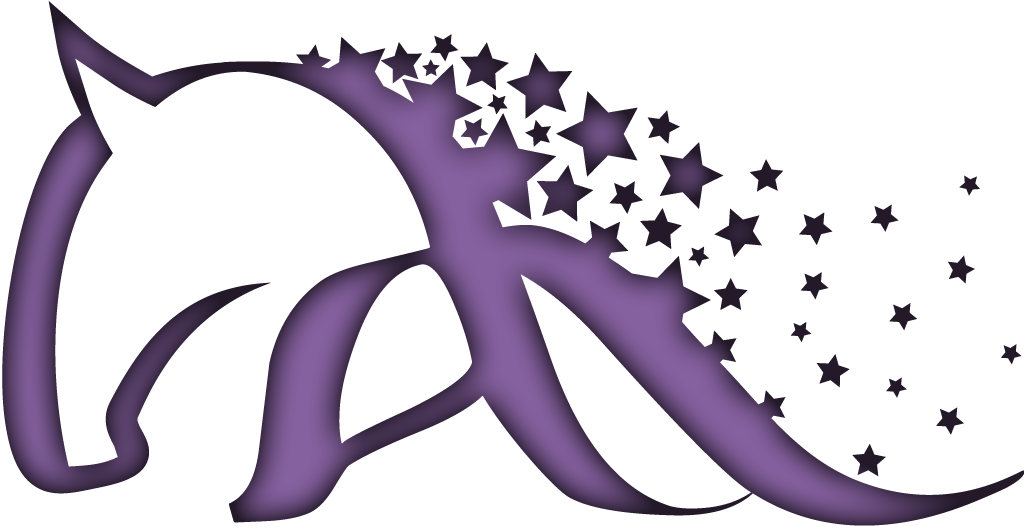Horse Training
I specialize in gaited horse training with a basis in dressage. I began training gaited horses in 2004 when I was hired by a Rocky Mountain breeding farm to exercise horses. After a few months I was hired to begin starting horses, and teaching horseback riding lessons. I have been consistently training horses and teaching riding lessons ever since. In 2012 I had the honor of assisting the now late Brenda Imus at Equine Affaire in Columbus, Ohio. Brenda Imus designed her own line of tack, has written several books and training articles, and taught clinics on gaited horses all across the country until her passing in 2013. I learned a great deal from her. I continue to use her tack and many of her training methods in my practice.
My chosen discipline is dressage. While it is not necessary for you to want to learn dressage, I find that applying dressage principals and exercises to horse training provides a strong foundation for gaited as well as non-gaited horses.
My one-on-one sessions with horses and their owners focus on developing communication skills and helping to find a horse’s natural four beat gait. (I will also accept non-gaited horses for one-on-one training sessions that focus on communication between horse and rider.) I start the first session by evaluating all tack and equipment being used for riding/training. It is of the utmost importance that saddles, bridles, and bits fit properly in order for communication to be effective! I will bring along some of my own tack as well, hoping that if the tack being used does not fit properly, something of mine may fit and show an example of properly fitting tack. I will not use tack on a horse that I believe causes pain in any way.
After a tack evaluation, we will move onto the horse’s normal training/exercise routine. Through watching the way a person normally interacts with their horse, I can help to reform communication techniques to aid in developing a better understanding between horse and rider. Many problems that a rider encounters are often due to improper cues or lack of training on the part of either the horse or rider.
Please do not think that teaching a horse to regularly, and correctly perform a four beat gait will happen quickly. It often takes weeks, if not months of consistent training for a horse to develop the strength, stamina, and coordination necessary for performing a correct four beat gait. How long it takes a human to learn these things varies widely! A horse who is not performing a correct four beat gait will most likely NOT be performing a correct four beat gait at the end of one training session.
However, here is a list of goals that I have for the end of our first training session together:
- The owner/rider can describe why properly fitting tack is important and key guidelines to look for when fitting tack.
- The owner can list goals they would like to achieve throughout the year.
- The owner can list problem areas they have in the way they work with their horse both from the ground and when mounted.
- The horse shows some improvement upon the areas on which we worked throughout the session.
One-on-one training sessions last approximately 2 hours and are $60 plus a trip fee. (Trip fee is $5 per 15 miles driven from my home, one way only.) I will travel to the Greater Cincinnati, Dayton, Columbus, and Chillicothe areas.
Some Limitations to My Program
In addition to training horses, I have an active lifestyle that requires me to be able to ride my own horses on a regular basis, as well as participate in many other physical activities as part of my career. For this reason, I limit the horses I will accept for training. Also, my personal belief system is extremely important to me. I will never harm a horse through any of my training practices, nor will I work with a horse who is not physically sound. For these reasons I have listed below some limitations to my training program.
- I will only work with sound horses. I will not work with horses that have any current evidence of soring or Big Lick practices.
- I will only ride horses that I deem are safe for me to ride. That means that if I cannot watch you or someone else ride your horse, I will not be riding your horse. And, if I watch the horse being ridden and still do not feel comfortable riding it, then I will not be riding your horse.
- I do not start horses under saddle (often called “breaking horses.”) This is my choice to ensure my own physical health and well-being. I can recommend several trainers who will start horses.
- I will not ride horses under 4 years old.
- I do not board horses, therefore I do not take in horses for training with board.
- I do not train horses with severe riding behavioral disorders such as, but not limited to: rearing or bucking. This is for my own safety. I can recommend trainers who will help you to deal with “problem” horses.

